Popular Baseball Bat Models
See more Popular Baseball Bat Models
CamWood Trainer
10 Available
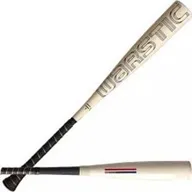
Warstic Bonesaber
187 Available

Louisville Slugger Atlas
221 Available

Louisville Slugger Select PWR
280 Available
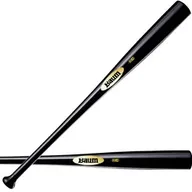
Baum Gold Stock
20 Available

Easton ADV 360
372 Available
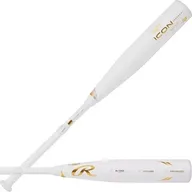
Rawlings Icon
407 Available

Soldier Sports Tank
64 Available
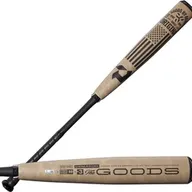
DeMarini The Goods
981 Available

Marucci CAT X
727 Available
Trending Bat Listings
See more
MMATT152

larrydmartinez7

KyeL7

sportsxchange
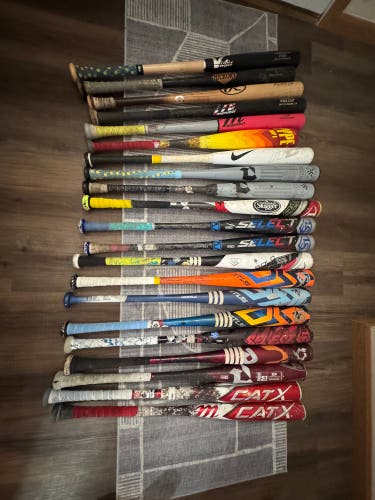
Gaitheraidan

jakescherrer
IMMACULATE - 2024 DeMarini Voodoo One BBCOR Certified Bat (-3) Alloy 29 oz 32" (Used)
$130
Retail price: $400
813_bats

Talley118

sportsxchange

813_bats

jmpiombo
Shop by Bat Certification
USSSA Certified Baseball BatsUSSSA CertifiedBBCOR Certified Baseball BatsBBCOR CertifiedUSA Certified Baseball BatsUSABat CertifiedTraining Baseball BatsTraining Bats
3,335 Results

G_leese
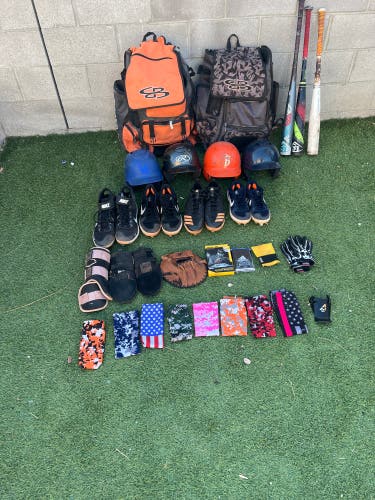
Afcksgeu
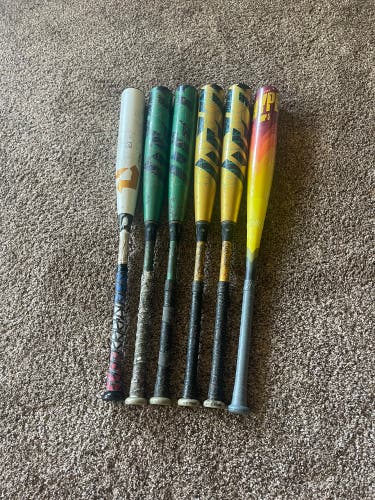
Jazbuck
Baseball Bats
$900
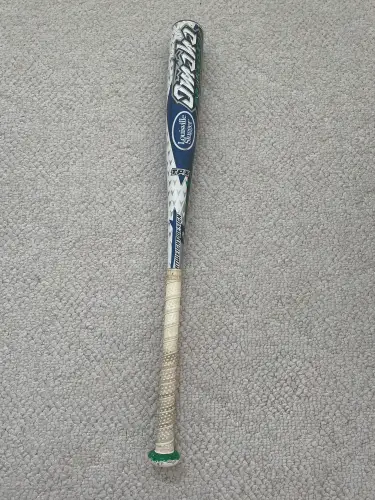
d_hudak
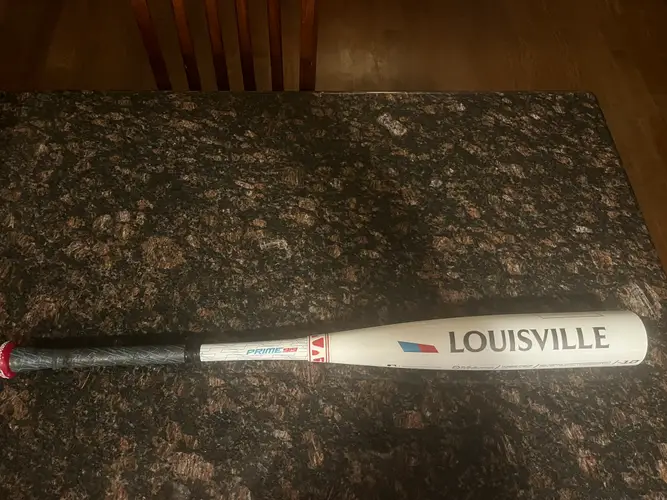
jmourey
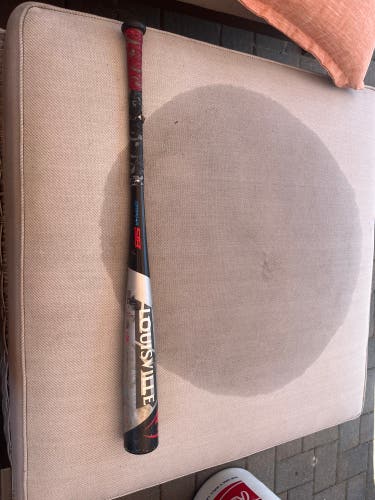
CEverett
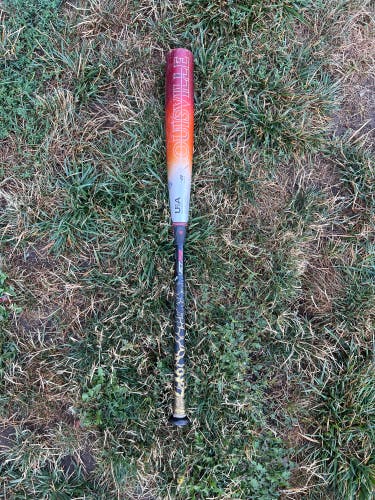
JPetrella
Baseball bat USA
$116
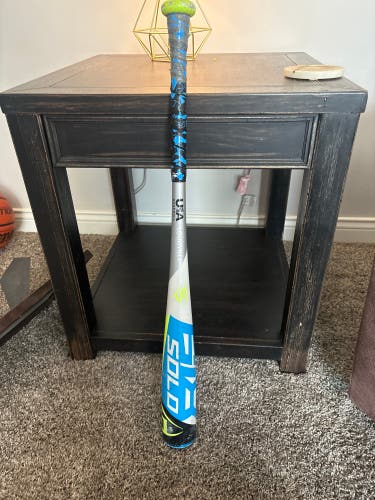
Eyler23
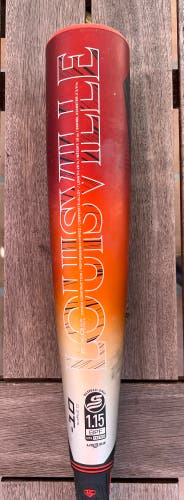
manningcp

PIAS_MADISON
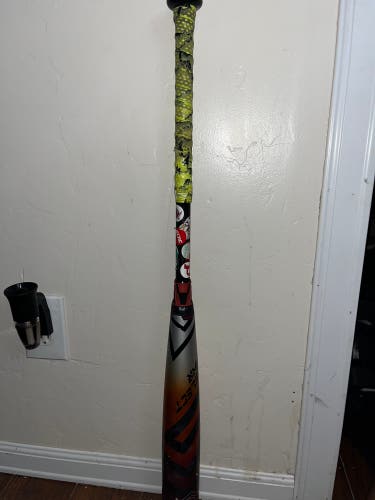
josemtz10
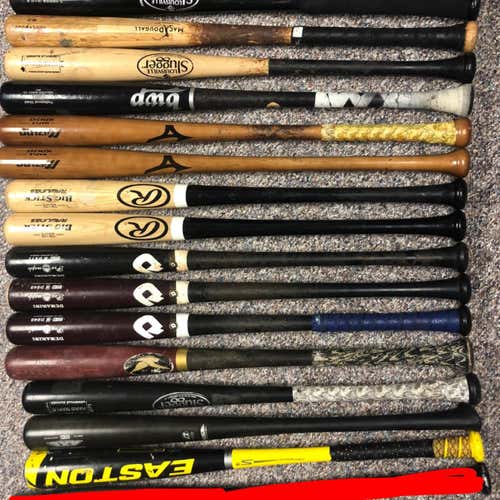
Lalum129

Tjads22

landonkamant

Bombers_1

Icycool1969

Rmcduffy
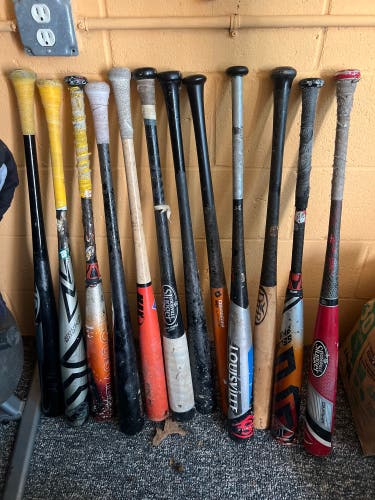
MudBoy2020v
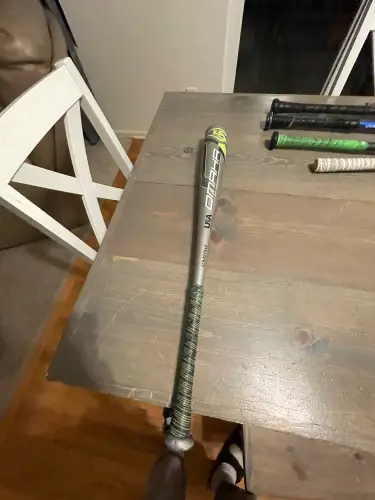
Jblack28

Gkanderson

laxgoalie001

soco279577
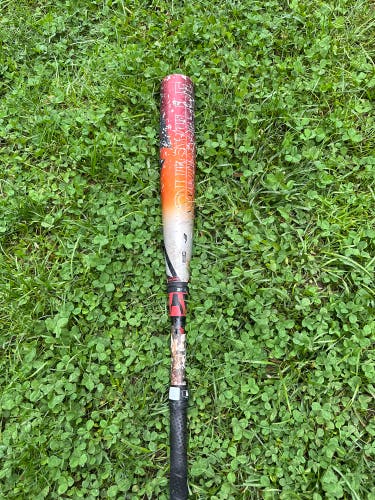
jmurph1
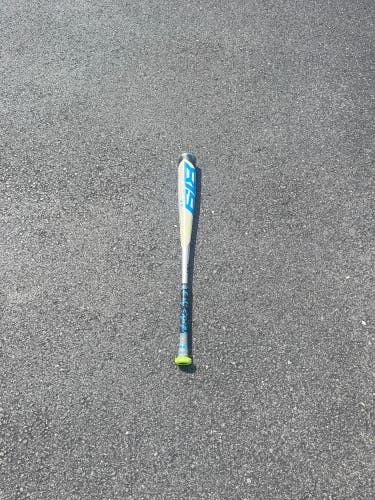
G_Schaef74
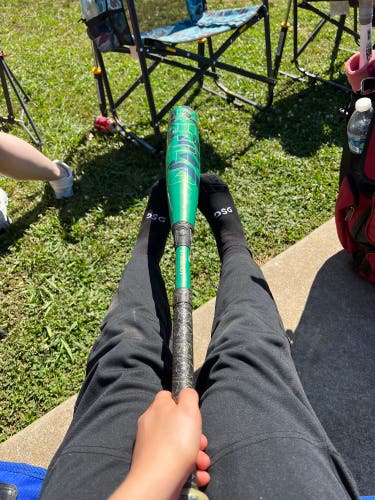
English73
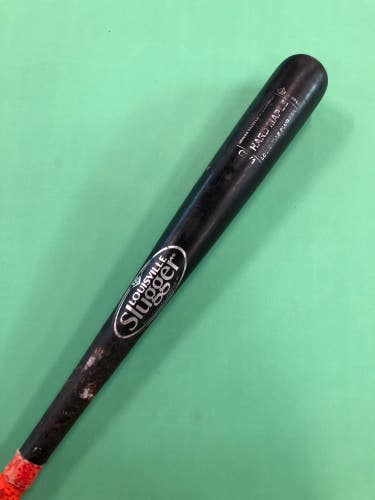
NE_Resellah

hphepic

drewd8
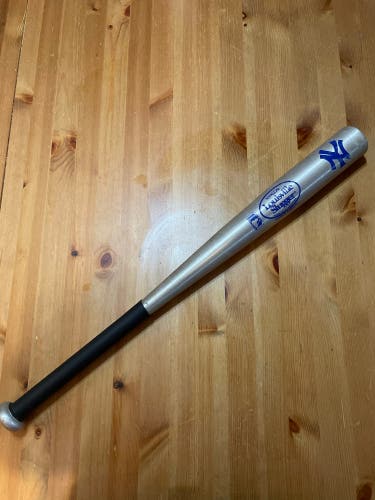
Snhockey

Philliprocks
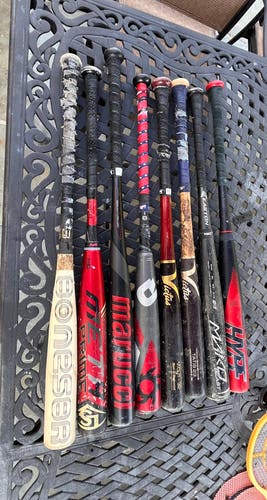
Mmanganiello15
Related Articles
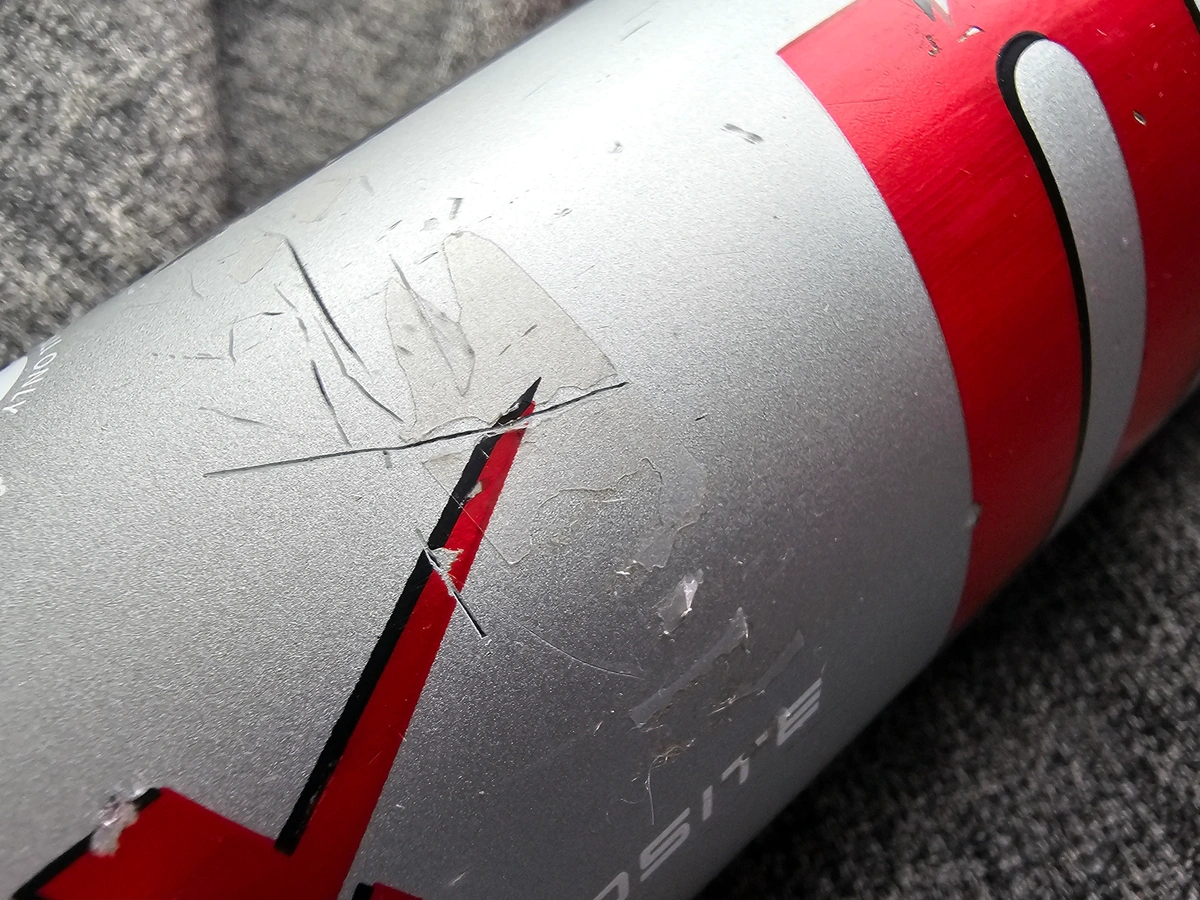
Signs You Need to Replace Your Baseball Bat
A trusty bat, perfectly balanced and broken in, allows you to unleash powerful hits with confidence. But even the most cherished bat can't last forever.
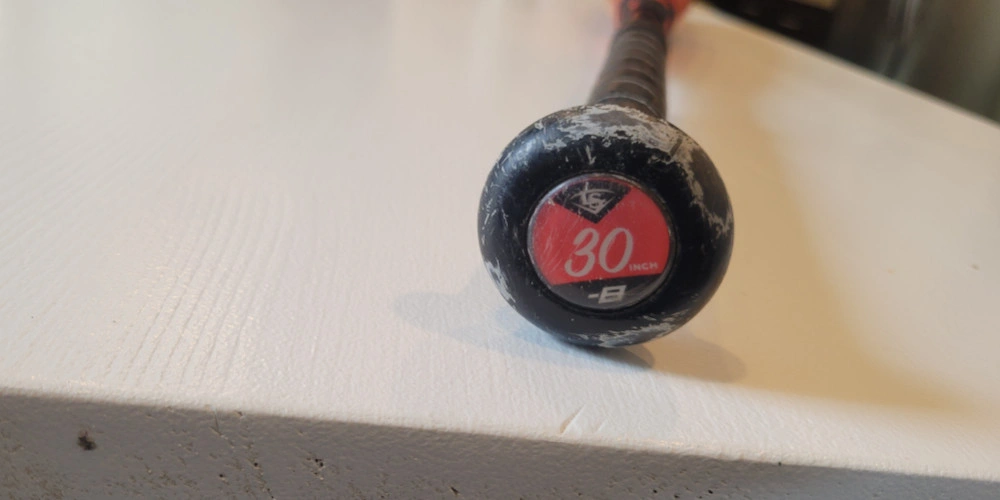
Buying a Used Baseball or Softball Bat
Looking to save big on used bats? Here's a brief checklist that our trade-in team uses to determine whether a used baseball or softball bat is worth buying.
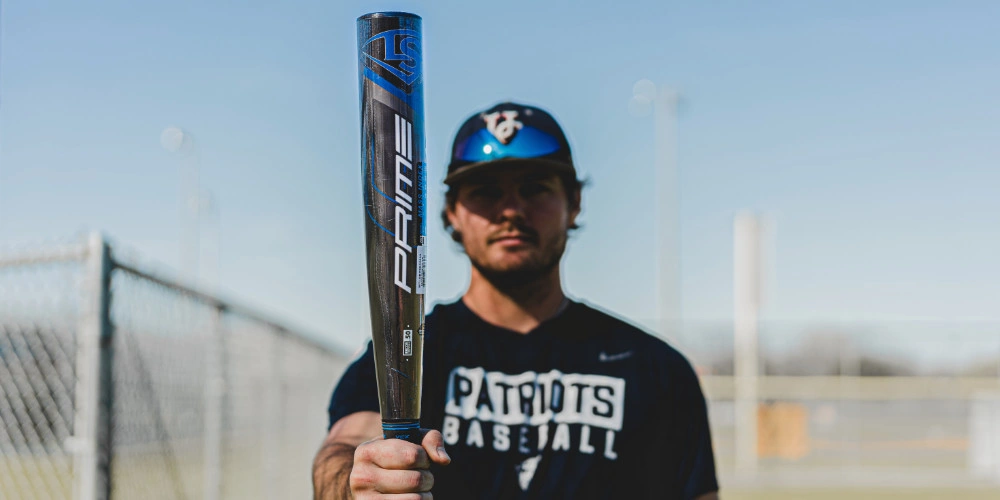
How to Ship A Baseball Bat
If you're looking to sell your bat, we've got a few tips to help you ship them safely.


